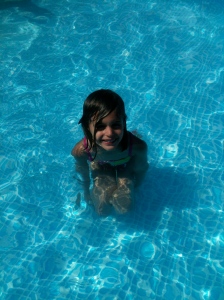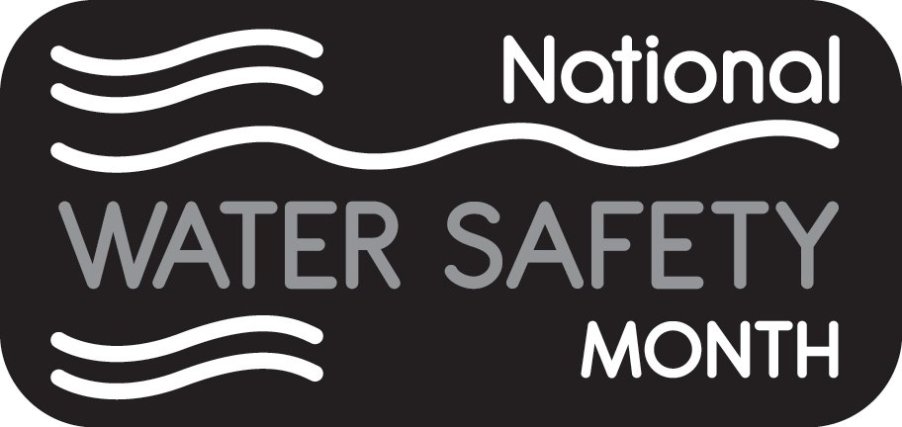 Pseudononas aeruginosa (inflammation of the follicle) is one of the most common causes of most bacteria rashes in pools and spas. This bacteria can be found in most moist environments, like soil, plants, humidifiers and even the insoles of athletic shoes. It’s carried into the pool from any one of these sources. A moist pool raft that laid in the grass all night will carry bacteria into the pool. So be careful where you store you pool toys.
Pseudononas aeruginosa (inflammation of the follicle) is one of the most common causes of most bacteria rashes in pools and spas. This bacteria can be found in most moist environments, like soil, plants, humidifiers and even the insoles of athletic shoes. It’s carried into the pool from any one of these sources. A moist pool raft that laid in the grass all night will carry bacteria into the pool. So be careful where you store you pool toys.
This is why it’s extremely important to maintain a safe sanitizing level, in your pool, and compensate for its demand. Most people think a properly maintained sanitized pool should kill this bacteria on contact. But that is not necessarily true if your sanitizer falls below its normal range, even just for a day . In fact the bacteria could encounter no sanitizer and hook up with organic matter in the pool and grow out of control, or if it can’t find enough nutrients it could enter the biofilm and wait patiently.
Once the sanitizer drops below critical level and the bacteria is freely swimming around the pool it will contact the skin of a person and enter the dilated pores. The bacteria find its way to a warm habitat rich with nutrients and will begin to reproduce. The immune system will take over and fight this bacteria. The rash ranges from a small dot to oozing sores. It could take up to two days to produce a rash and in most cases will heal itself within two weeks without antibiotic.
Rashes are not the only symptom caused by this bacteria. Others include headache, fever, muscle aches, red and burning eyes, general fatigue, and most common ear aches (swimmers ear).
Another rash you need to keep an eye on is one that is caused by Staphylococcus aureus. It can cause dermal infections, including boils and carbuncles. In severe cases it can enter the blood stream and cause blood poisoning. (toxic shock syndrome)
One particular type of Staph, Methicillin-Resistant Staphylococcus aureus or MRSA, which has been rapidly growing over the years is becoming a health threat in many public settings and is found in pools and spas. Any skin infection that does not heal itself or worsens within two weeks should seek medical attention. With better monitoring and reporting of all pool and spa rashes we will be able to state definitely if Staphylococcus aureus is truly a major health threat within the swimming pool industry.
It only takes six hours of unprotected water for bacterium to multiply to infectious levels.
And it only take one minute to check the chlorine or bromine level to see if its safe to swim.
And it only takes 15 minutes to kill all bacteria in the water to a safe level.
Would you take that chance?


